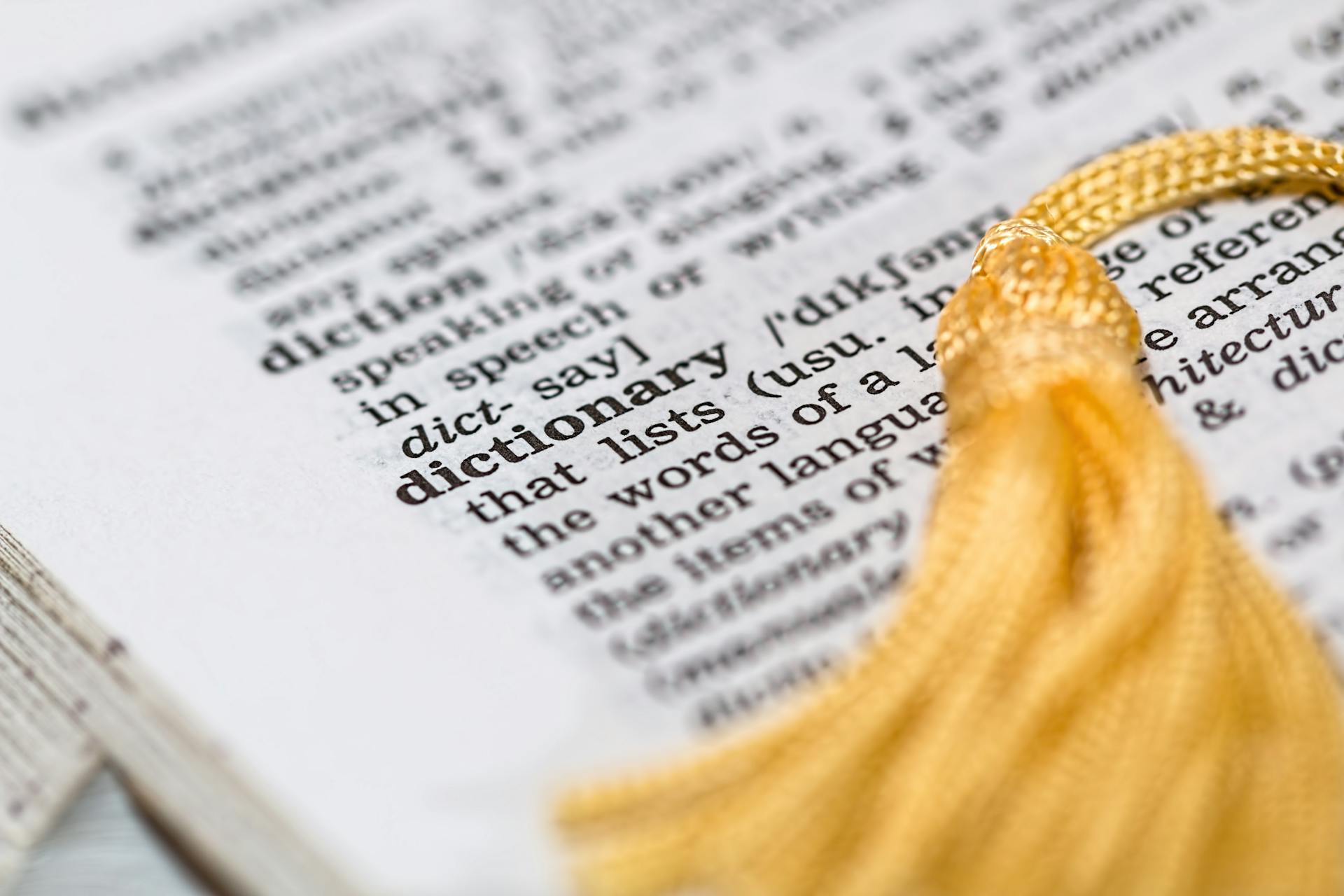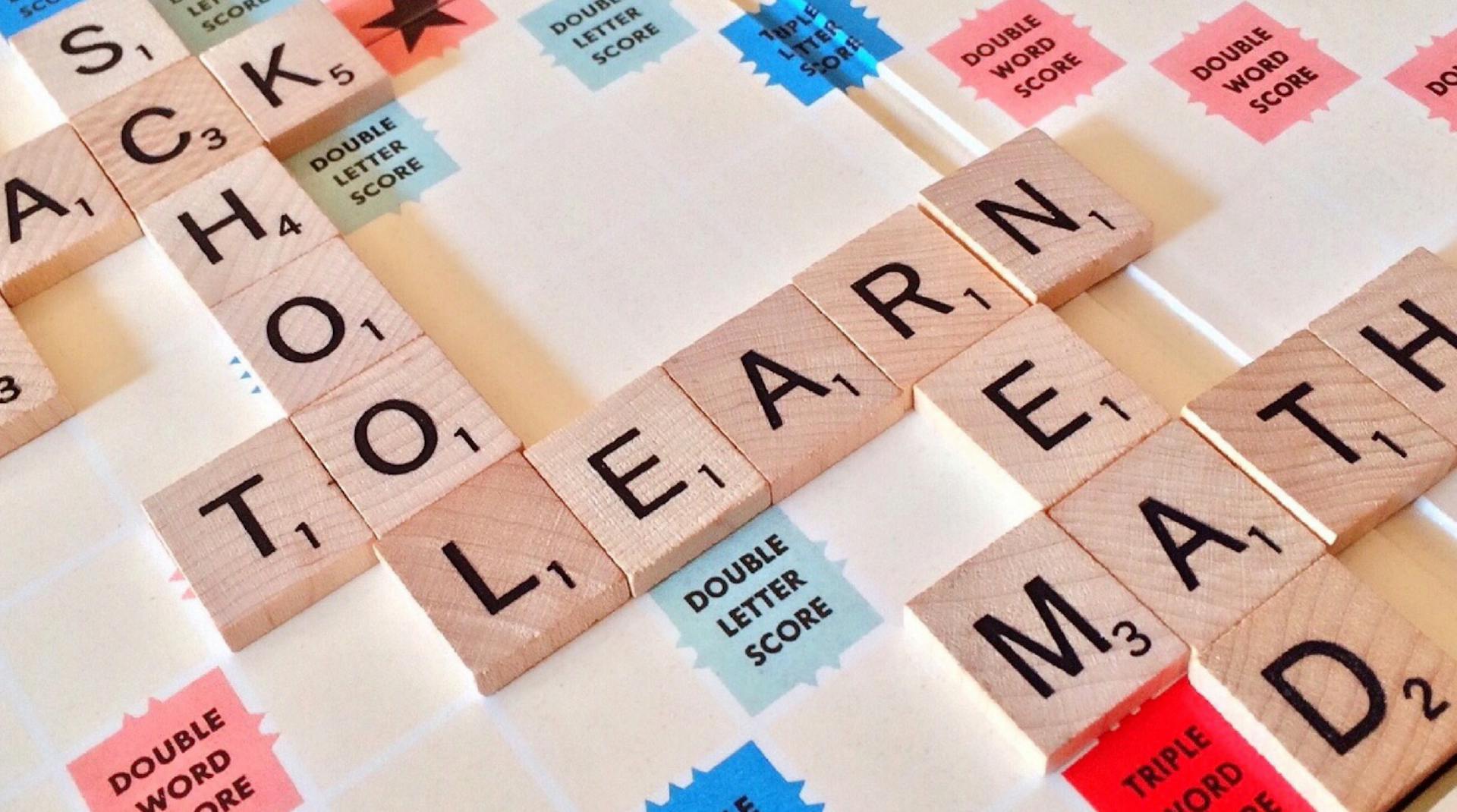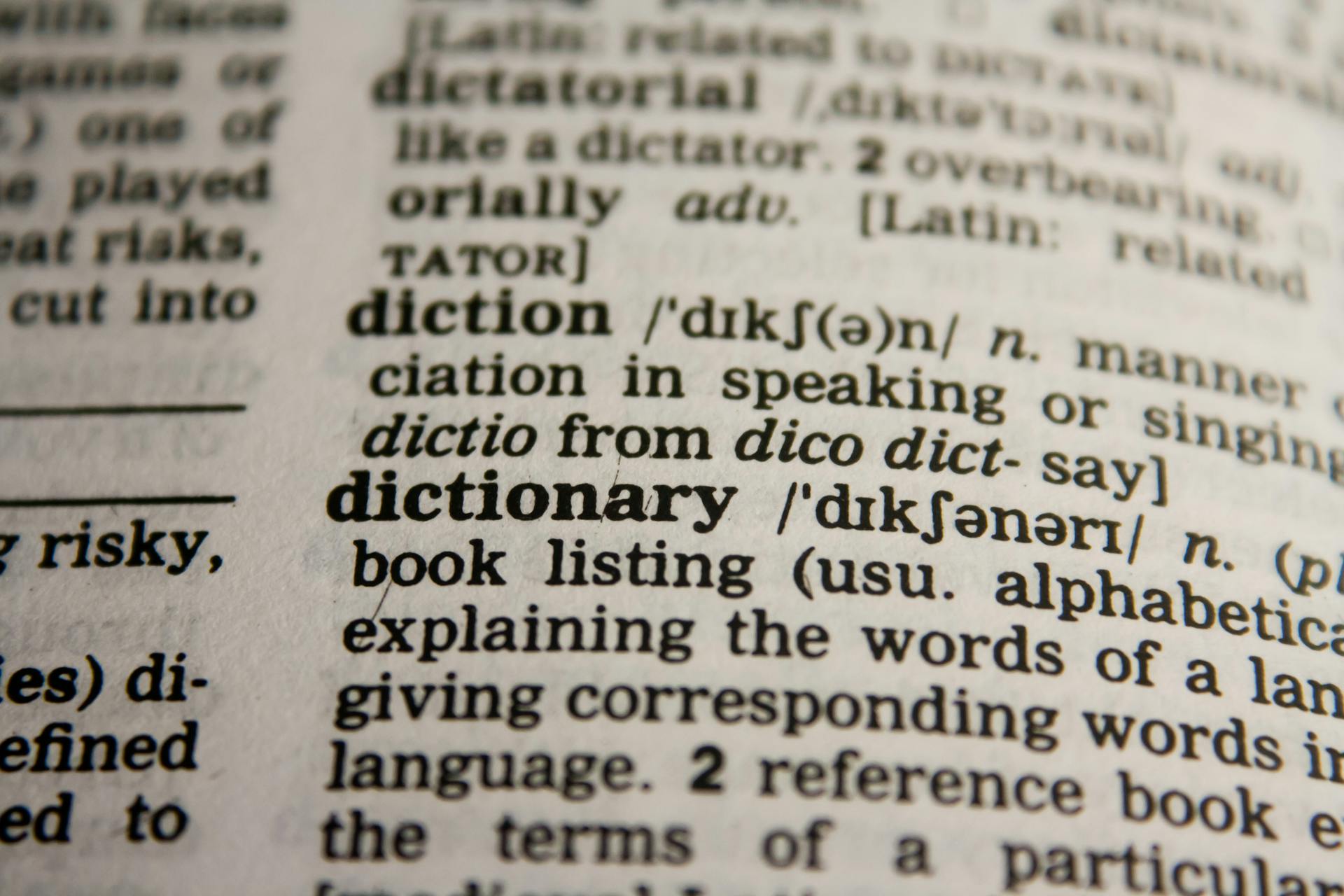
English participles are an essential part of the English language. They are a type of verb that functions as an adjective or adverb, and they can be used to create more dynamic and engaging sentences. Understanding how to use them correctly can make your writing more interesting and impactful.
If you're not familiar with english participles, let's start with a quick definition. A participle is a verb form that ends in -ing (present participle) or -ed (past participle), which can function as an adjective or adverb in a sentence. For example, "The running man" uses the present participle "running" as an adjective to describe the man. On the other hand, "He was exhausted after running" uses the past participle "running" as an adverb to describe how he felt after running. By using english participles, you can add depth and detail to your writing that wouldn't be possible otherwise.
In this article, we'll explore some tips and tricks for using english participles effectively in your writing. Whether you're a student looking to improve your essays or a professional writer trying to spice up your articles, understanding how to use these phrases depending on their context can make all the difference. So, let's dive into the world of english participles and learn how to be interesting while being interested!
Unveiling the Mystery behind English Participles
Merriam-Webster dictionary defines participles as "a verbal form that is used in a sentence to indicate action or state". In simpler terms, participles are words that describe an action or state of being. They can be used alone or as part of a larger verb phrase.
There are three types of participles in English: the present participle, the past participle, and the perfect participle. The present participle is formed by adding "-ing" to the base form of a verb (e.g., "writing", "playing"). The past participle is formed by adding "-ed" to regular verbs (e.g., "played") or through irregular patterns (e.g., "written"). The perfect participle is formed by using "having" followed by the past participle (e.g., "having played").
Participles can be used in various ways in sentences. They can function as adjectives to describe nouns or pronouns (e.g., "The written report was interesting"). They can also be part of verb phrases to convey different tenses and aspects (e.g., "She was singing when he arrived" uses the present progressive tense). Understanding how to use participles correctly can greatly enhance your writing and communication skills.
1. Present Participles and the Progressive Tense
Present participles are a type of verb that ends in -ing, such as "drinking tea" or "working hard." They can be used in continuous progressive tenses, which follow a subject-verb pattern like "I am drinking water all night long." Present participles can also be used to add information to verbs and adjectives, creating phrases like "singing birds" or "dirty water."
Using present participles in participle phrases or adjective phrases can help add information and detail to sentences. For example, instead of saying "Mary cried loudly," you could say "Crying loudly, Mary reached for her sleeping mask." The participle phrase adds more detail and paints a clearer picture of the scene.
However, it's important to use present participles correctly. They should always refer back to the main word in the sentence or clause. For example, saying "Knocked over by John running to school, the kid fell" is incorrect because the participle phrase doesn't refer back to the main sentence. Finally, don't overuse present participles - they can make sentences sound clunky and awkward if used too frequently.
2. Present Participles vs. Gerunds
Understanding the difference between present participles and gerunds is essential for anyone who wants to improve their English writing skills. Present participles end in -ing, just like gerunds, but they are used differently. Present participles are used to form the present continuous tense, while gerunds tend to function as nouns.
The smoking pistol in telling these two apart is that a present participle adds information about the action being performed in a sentence smoking a black pistol earlier describes an action that has occurred already. On the other hand, a gerund acts more like a subject or object in a sentence; for example, writing books can be a difficult task for some people. In this case, "writing books" functions as the subject of the sentence. Knowing when to use each one will make your writing much clearer and easier to understand for your readers.
3. Common -ing/-ed Participle Pairs
English participles are an essential part of the language, and they can be a bit tricky to understand. One of the most common pairs of participles is the -ing/-ed participle pair. These two forms look similar, but they have different uses in sentences.
When we use -ing participles, we're talking about actions that are ongoing or still happening. For example, "I am walking to school" implies that I'm still in the process of walking, whereas "I walked to school" suggests that the action is complete. On the other hand, -ed participles refer to actions that have already happened and are finished. For instance, "I have walked to school" indicates that I completed the action in the past and I'm not walking anymore.
Understanding these common pairs of English participles is key to proper communication in English. By using them correctly, you'll be able to convey your ideas more clearly and effectively in both spoken and written contexts.
4. Enter your e-mail address to get your free PDF!
English participles can be confusing to understand, but with our free PDF guide, you'll have everything you need to master them. Simply enter your email address and we'll send it straight to your inbox! Don't worry, we hate spam just as much as you do, so your email address is safe with us.
In this free guide, you'll learn all about the different types of participles in English and how to use them correctly in sentences. Whether you're a native speaker looking to brush up on your grammar skills or a non-native speaker trying to improve your English, our guide has something for everyone. So what are you waiting for? Enter your email address now and start improving your language skills today!
What You Need to Know About Perfect Participles

Perfect participles are a form of the participial phrase that describes something that has already happened. They are used in the perfect tense, which is a verb tense that expresses an action or state that occurred in the past and continues up to the present time. For example, "I have visited Rome" uses the present perfect tense and "visited" is the perfect participle.
The perfect participle is also used as an adjective participle form. It can be used to describe something that happened in the past but still has an effect on the present moment. For instance, "As an unofficial tour guide, I have visited Rome many times" uses the present perfect tense with "visited" as a perfect participle to describe how many times they have been there.
Past participles are similar to perfect participles, but they only describe actions that took place in the past without any connection to the present. Knowing how to use these different forms of participles can help you express yourself more clearly and effectively in English writing and speaking. So next time you want to talk about something that's already happened, remember to use a perfect participle!
Understanding the Role of Participles in English
Participles are verb forms that have two main purposes in English. The first is to turn verbs into adjectives, which can modify nouns. For example, "the eating otter" and "the swimming otter" both use participles to describe the noun "otter".
The second purpose of participles is to connect with auxiliary verbs and create verb tenses, specifically perfect tenses and continuous tenses. In the present perfect tense, for example, we use the past participle form of a verb along with "have" or "has", such as "I have eaten lunch". In the present continuous tense, we use the present participle (-ing form) of a verb along with "am", "is", or "are", such as "I am eating lunch".
It's important not to confuse participles with other forms that also modify nouns or connect with auxiliary verbs, such as infinitives or gerunds. But by understanding how each type individually works, we can use them to create more descriptive sentences like "I am enjoying a refreshing drink while watching the swimming otters" or "They're acting like they've never seen an eating otter before".
Learn About the Definition and Usage of Present Participles
Present participles are verbs that end in -ing and are commonly used in continuous tenses. This means they describe actions that are taking place right now or were happening in the past. For example, instead of saying "the bird sang," you can say "the singing bird." In this case, "singing" is a present participle acting as an adjective describing the bird.
While present participles follow some standard rules, there are also special rules for certain words ending in -e or -ie. For verbs ending in -e, the silent -e simply drops and adds -ing (e.g., love becomes loving). For words ending in -ie, the -ie changes to a y before adding -ing (e.g., die becomes dying). However, for verbs ending in a consonant followed by a double vowel such as oo or ee, only the last vowel is dropped before adding -ing (e.g., see becomes seeing).
It's important to note that while UK English tends to use present participles more often than American English does, both varieties use them regularly. Learning about present participles can improve your understanding of English grammar and help you communicate more effectively in both written and spoken language.
1. How to use the present participle in the continuous tenses
The present participle is an essential part of the continuous tenses in English. To form the continuous tense, we use the present participle along with a conjugated form of "to be" and the main verb. For example, in the present continuous tense, we use "am/is/are" + present participle.
Let's take an example: "I am playing a game tonight." Here, "playing" is the present participle, which shows that the action is ongoing or in progress at the moment. Similarly, we can use past continuous ("was/were" + present participle) to show a past ongoing action as in "I was playing video games when she called me." And future continuous ("will be" + present participle) to show a future ongoing action as in "I will be studying for my exam tomorrow." So, whenever you want to show that an action is ongoing or continuous at any time frame (past, present or future), just add the appropriate auxiliary verb and present participle to your sentence!
2. How to use the present participle in the perfect continuous tenses
If you want to master the English language, you need to understand the importance of the present participle in the perfect continuous tenses. The present participle is used in all standard continuous tenses (present, past, and future) as well as in the present perfect continuous, past perfect continuous, and future perfect continuous tenses.
To form a perfect continuous tense, you need to use "have been" or "had been" combined with the present participle. For example, "I have been working late," "She had been studying for hours when lightning struck," and "They will have been waiting for two hours by the time we arrive." By using the present participle with these helping verbs, you are able to describe an action that started in the past and continues until now or will continue in the future.
If you want to speak and write English fluently, understanding how to use the present participle in perfect continuous tenses is essential. So keep practicing and soon enough, forming sentences like “We'll have been working on this project for six months by next week” will become second nature.
Frequently Asked Questions
What is a participial adjective?
A participial adjective is an adjective that is formed from a verb and ends in -ing or -ed. It describes something that is being done or has been done by the noun it modifies. For example, "boring" in "the boring movie" or "broken" in "the broken vase".
Is Boring a participle?
Yes, "boring" is a participle because it is the present participle form of the verb "bore". A participle is a word that functions as an adjective or in forming verb tenses.
How do you use participles in a sentence?
Participles are verb forms that can be used to create verb tenses or modify nouns. They can be used in various ways, such as forming the present participle with -ing, the past participle with -ed, and as adjectives or adverbs.
What is the difference between a participle and a gerund ?
A participle is a verb form used as an adjective, while a gerund is a verb form used as a noun. Both end in "-ing" but have different functions in a sentence.
What is an example of an interesting participle?
One interesting participle is "enlightened" in the sentence "The enlightened monk sat calmly in the garden." It implies a state of being, rather than just an action, and adds depth to the description of the monk.
Featured Images: pexels.com


